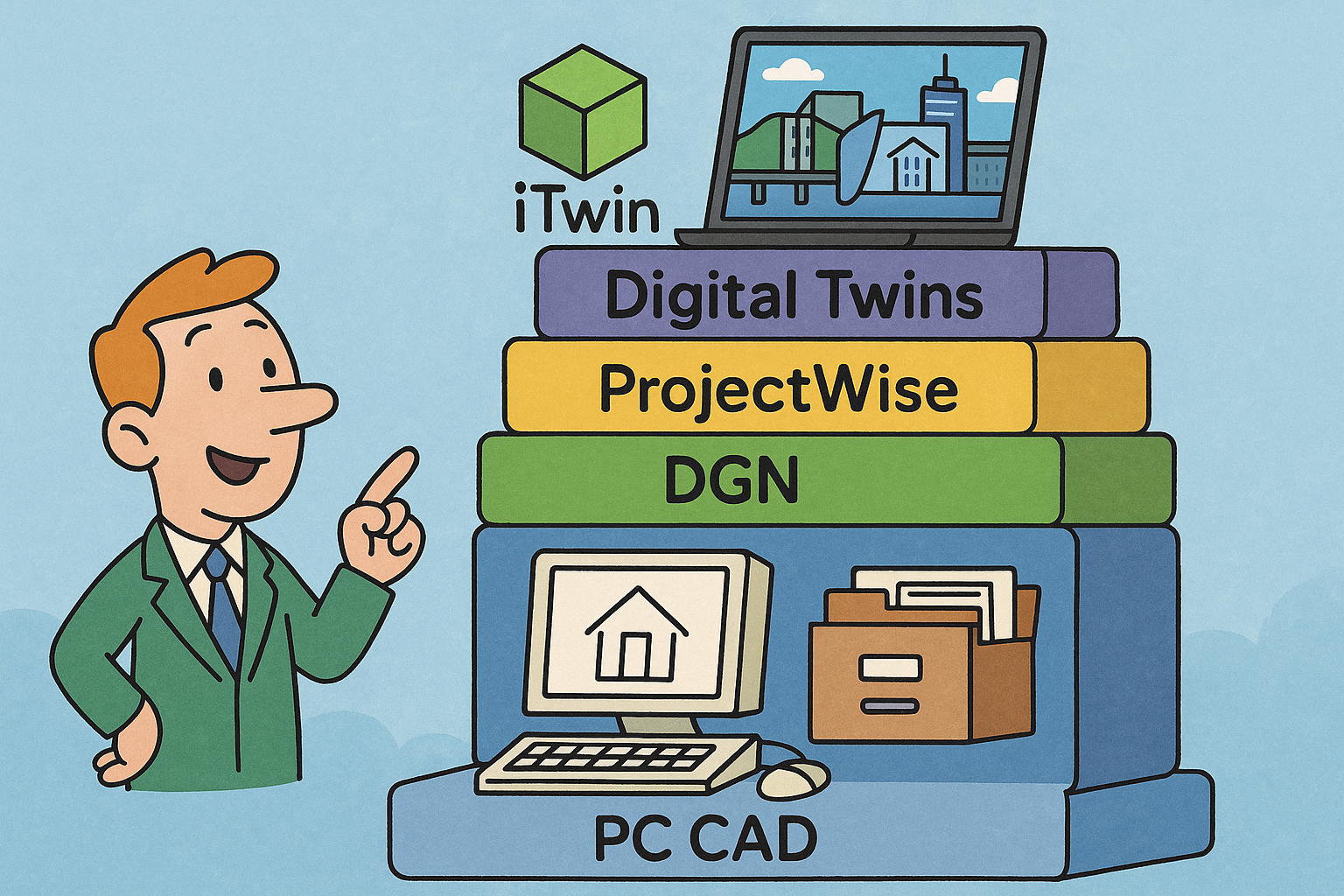Your Cart is Empty
Customer Testimonials
-
"Great customer service. The folks at Novedge were super helpful in navigating a somewhat complicated order including software upgrades and serial numbers in various stages of inactivity. They were friendly and helpful throughout the process.."
Ruben Ruckmark
"Quick & very helpful. We have been using Novedge for years and are very happy with their quick service when we need to make a purchase and excellent support resolving any issues."
Will Woodson
"Scott is the best. He reminds me about subscriptions dates, guides me in the correct direction for updates. He always responds promptly to me. He is literally the reason I continue to work with Novedge and will do so in the future."
Edward Mchugh
"Calvin Lok is “the man”. After my purchase of Sketchup 2021, he called me and provided step-by-step instructions to ease me through difficulties I was having with the setup of my new software."
Mike Borzage
Exploring the Role of Feedback Loops in Enhancing Design Software Efficiency and User Experience
May 21, 2024 2 min read


Understanding Feedback Loops in Design Software
Feedback loops are essential mechanisms within design software that facilitate a continuous dialogue between the user and the system. They play a critical role in refining tools, enhancing functionality, and ensuring that the software evolves to meet the changing needs of its users. Feedback loops can be broadly categorized into user feedback, automated feedback (such as error detection), and performance feedback. Each type serves a unique purpose but collectively, they contribute to the continuous improvement and innovation of design processes, making feedback loops indispensable in the realm of design software.
Implementing Feedback Loops for User-Driven Improvement
For design software to truly cater to its users, implementing effective strategies for collecting and analyzing user feedback is paramount. Effective methods include:
- Surveys
- User testing
- Forums and discussion boards
These avenues provide invaluable insights into user needs, preferences, and challenges. By systematically analyzing this feedback, developers can identify common themes and areas for improvement, ensuring that the software evolves in a direction that adds real value for its users. This user-driven improvement not only enhances the usability of the software but also fosters a sense of community and engagement among its user base.
Automated Feedback Systems in Design Software
Automated feedback represents a significant advancement in design software, offering users real-time error detection and correction suggestions. This immediate response mechanism streamlines the design process, significantly reduces errors, and enhances overall efficiency. Benefits of automated feedback systems include:
- Streamlining the design process
- Reducing errors and improving accuracy
- Enhancing user efficiency and productivity
However, striking the right balance between automated feedback and human creativity is crucial. While automated systems can provide valuable insights and corrections, they should not stifle creativity but rather support the designer’s vision and workflow.
The Future of Feedback Loops in Design Software
The future of feedback loops in design software is poised for significant evolution, with predictions pointing towards even more personalized, intelligent, and intuitive systems. The integration of AI and machine learning is expected to enhance feedback loops, offering more tailored suggestions and improving the design process. These advancements will not only make the software more responsive to individual user needs but also promote a culture of continuous feedback and improvement within the design community. As we look to the future, it is clear that feedback loops will continue to play a pivotal role in shaping the development of design software, making it more efficient, user-friendly, and capable of driving innovation in design practices.
Also in Design News

Design Software History: Bentley Systems: From PC CAD to an Infrastructure Stack — DGN, ProjectWise, iTwin and Digital Twins
January 10, 2026 14 min read
Read More
Ethical Generative Design Toolchains: Objectives, Provenance, Safety, and Sustainable Optimization
January 10, 2026 13 min read
Read More
Cinema 4D Tip: Sun/Sky and HDRI IBL Workflow for Fast, Natural Exteriors
January 10, 2026 2 min read
Read MoreSubscribe
Sign up to get the latest on sales, new releases and more …


